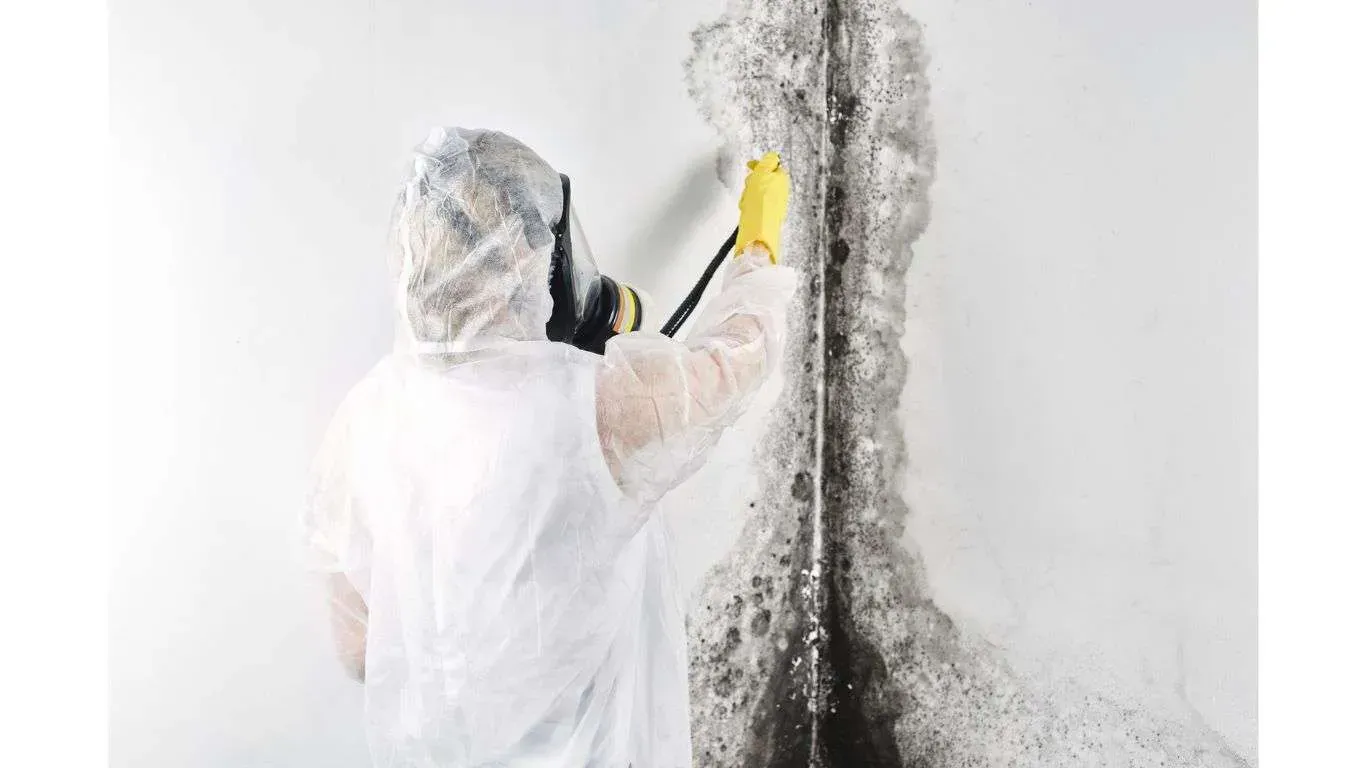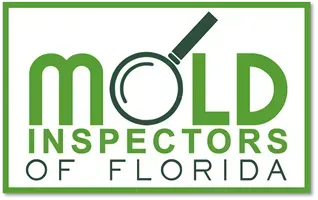The Importance of Regular Mold Inspections

Regular mold inspections are crucial in achieving a healthy, safe living environment. Mold, a silent intruder, can cause substantial damage to your property and pose severe health risks to you and your loved ones. This blog post delves into the crucial aspects of mold inspections, emphasizing their importance for homeowners and property managers.
Understanding Mold and Its Impact
Mold, a ubiquitous and often overlooked fungus, finds its way into our homes through spores that float in the air, invisible to the naked eye. These spores thrive in moist and warm environments, often resulting from leaks, high humidity, or condensation. Once they land on a suitable surface, they can grow and spread, sometimes within 24 to 48 hours under optimal conditions. The growth of mold is not just an aesthetic issue; it’s a health hazard and a silent destroyer of homes.
Mold exposure can cause different health issues. For some, it might cause mild allergic reactions such as sneezing, coughing, itchy eyes, or skin irritation. Mold can worsen breathing problems for people with asthma or weakened immune systems. This can cause more serious issues like asthma attacks or lung infections. Prolonged exposure can even affect healthy individuals, leading to chronic respiratory conditions. Mold spores are tricky because you can’t see them. This makes them dangerous because people might not know they’re breathing in these harmful particles until they start feeling symptoms.
Beyond health concerns, mold has a detrimental effect on a home’s structural integrity and aesthetics. It can quietly consume organic materials like wood, wallpaper, carpet, and even insulation, weakening structures and causing irreversible damage over time. Mold presence can also create unpleasant odors that permeate a home, making living conditions uncomfortable. Fixing this damage can be expensive and may greatly reduce a property’s worth and attractiveness.
Understanding the impact of mold is the first step in combatting its spread. Awareness of how and where mold grows is crucial in preventing its establishment in your home. Mold tends to grow in places like bathrooms, kitchens, basements, and anywhere that gets damp. You can stop it by ensuring good airflow, using dehumidifiers where it’s wet, and fixing leaks quickly. These simple steps can really help prevent mold.
Understanding the dangers mold poses to health and property, homeowners and residents can see why regular mold inspections are essential. These checks are crucial for spotting mold early and reducing its harm. The goal is to maintain a healthy, safe living environment free from the hidden dangers of mold.
Why Regular Inspections Are Essential
The primary benefit of regular mold inspections lies in protecting residents’ health. Finding mold growth early is important because it lets homeowners stop it from spreading and becoming a big issue. This helps prevent health problems related to mold. It’s especially important for families with kids, older adults, or people with breathing issues to regularly check for mold. Catching it early means taking action sooner, which can help reduce the health risks from mold exposure.
If not addressed, mold can lead to significant damage to a property. It eats away at wood, corrodes metals, and deteriorates drywall, leading to costly repairs and renovations. Regular mold inspections help identify potential mold growth early on, allowing for prompt remediation before the damage becomes extensive. This proactive approach can save homeowners significant amounts of money in the long run. Additionally, addressing mold problems quickly can stop mold from spreading to other areas of the house. This helps reduce damage and the money needed for repairs.
A mold-free home is healthier and more appealing to potential buyers or renters. Properties with mold problems often lose value and can be challenging to sell or rent. Regular mold inspections and timely remediation of any identified mold growth can help maintain a home’s value and appeal. By ensuring that the property remains in good condition, homeowners can protect their investment and ensure that their home remains a desirable place to live.
Effective mold inspections go beyond just looking for mold in apparent places. This involves checking the entire property, especially in areas prone to moisture accumulation and where mold could grow without anyone noticing. Homeowners should think about making a plan to deal with mold. This plan should include doing regular checks, quickly dealing with any mold found, and taking steps to lower humidity and moisture levels in the house. This thorough way of dealing with mold can greatly reduce the chances of it growing and causing problems.
Regular mold inspections are a crucial component of responsible home maintenance. Homeowners can keep their homes safe, save money, and maintain property value by getting regular mold inspections. These inspections are necessary because they keep residents healthy, prevent expensive damage, and maintain the property’s attractiveness. By having a solid plan for managing mold, homeowners can ensure that mold does not harm their homes, keeping them safe and healthy.
How to Conduct Effective Mold Inspections
Professional mold inspectors have expertise and tools that go beyond what homeowners can manage. They employ special tools such as moisture meters and thermal imaging to detect mold, even in hidden areas, and identify moisture problems that could lead to mold growth. Additionally, they can provide valuable advice on remediation strategies and preventive measures. Getting a professional service to check for mold at least once a year or after any water damage helps you quickly find and fix mold problems. Contact Mold Inspectors of Florida to schedule a mold inspection.
In addition to professional inspections, homeowners should conduct regular self-inspections. Search for signs of mold in common areas like bathrooms, kitchens, basements, and around windows where moisture can build up. Visible mold, musty odors, water stains on walls or ceilings, and peeling wallpaper indicate potential mold issues. Check areas where leaks happened before because any remaining moisture could cause mold to grow, even if you believe you’ve already solved the main problem.
Since mold thrives in moist environments, controlling moisture is key to preventing mold growth. Taking a few straightforward steps is essential to keep your home free from mold. Firstly, use dehumidifiers in areas that tend to be damp. Additionally, ensure there’s good airflow throughout your home, particularly in places like bathrooms and kitchens. Quickly fix any leaks you discover to stop moisture from accumulating. Consider using mold-resistant materials, such as mold-resistant drywall, in areas prone to dampness.
Taking proactive steps to prevent mold requires creating a thorough checklist to keep your home mold-free. This checklist includes regularly checking your plumbing for leaks and fixing them quickly, using exhaust fans in bathrooms and kitchens to lower humidity, and keeping indoor humidity below 60% with hygrometers and dehumidifiers to make it harder for mold to grow. This checklist is a basic guide to help you protect your home from mold, which can make your living space healthier and more comfortable.
To stay current with us, please follow our Twitter/X and Instagram pages.


